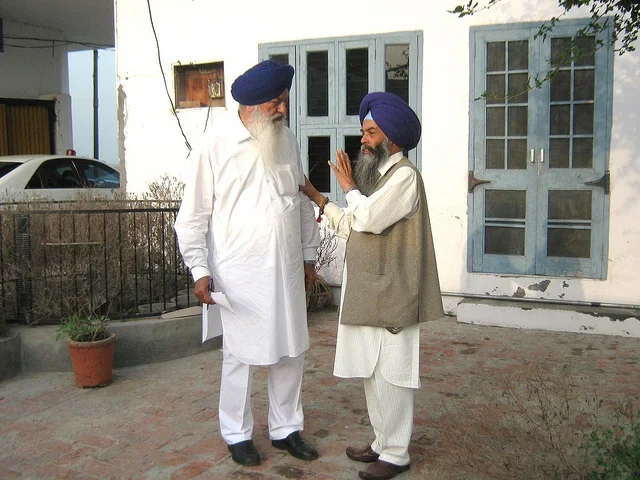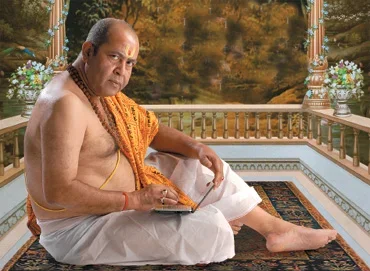The mythological account of Origin of Jat people from Shiva's Locks (Here the word "locks" refer to the Hairlocks/Jataye of Lord Shiva.) was propounded by the author of Deva Samhita.
Deva Samhita, [SUP][1][/SUP][SUP][full citation needed][/SUP] is a collection of Sanskrit hymns by Gorakh Sinha during the early medieval period.
Devasamhita records the account of Origin of the Jats in the form of discussion between Shiva and Parvati expressed in shloka (verses) numbering from 12-17. Some relevant verses are given below.
There is mention of Jat people in Deva Samhitā[SUP][citation needed][/SUP] in the form of powerful rulers over vast plains of Central Asia.
When Pārvatī asks Shiva about the origin of Jat people, their antiquity and characters of Jat people, Shiva tells her like this in Sanskrit shloka-15 as under:
महाबला महावीर्या, महासत्य पराक्रमाः
Mahābalā mahāvīryā, Mahāsatya parākramāḥ
सर्वाग्रे क्षत्रिया जट्टा देवकल्पा दृढ़-व्रता:
Sarvāgre kshatriyā jattā Devakalpā dridh-vratāḥ || 15 ||
Meaning - "They are symbol of sacrifice, bravery and industry. They are, like gods, firm of determination and of all the
kshatriyā, the Jat people are the prime rulers of the earth.
"
Shiva explains Parvati about the origin of Jat people in Shloka –16 of Deva samhita as under:
श्रृष्टेरादौ महामाये वीर भद्रस्य शक्तित:
Shrishterādau mahāmāye Virabhadrasya shaktitaḥ
कन्यानां दक्षस्य गर्भे जाता जट्टा महेश्वरी
Kanyānām Dakshasya garbhe jātā jatta maheshwarī. || 16 ||
Meaning – "In the beginning of the universe, with the personification of the illusionary powers of
Virabhadra and
Daksha's daughter
gani's womb originated the caste of
Jats.
"
Pārvatī asks, in the shloka-17 of 'Deva Samhitā' about the origin and exploits of the Jat people, whom none else has so far revealed, Shiva tells Parvati that:
गर्व खर्चोत्र विग्राणां देवानां च महेश्वरी
Garva kharchotra vigrānam devānām cha maheshwarī
विचित्रं विस्मयं सत्वं पौराण कै साङ्गीपितं
Vichitram vismayam satvam Pauran kai sāngīpitam || 17 ||
Meaning - "The history of origin of Jat people is extremely wonderful and their antiquity glorious. The Pundits of history did not record their annals lest it should injure and impair their false pride and of the
vipras and gods.
We describe that realistic history before you."
Deva Samhita mentions that after the destruction of Daksha's sacrifice by Virabhadra and his ganas, the followers of Shiva, the defeated gods sought Brahma and asked his counsel.
Brahma advised the gods to make their peace with Shiva. Shiva accepted his advice and restored the burnt head of Daksha and the broken limbs were made whole. Then the devas thanked Shiva for his gentleness, and invited him to sacrifice. There Daksha looked on him with reverence, the rite was duly performed, and there also Vishnu appeared. A compromise was achieved between Vaishnavas and followers of Shiva.


